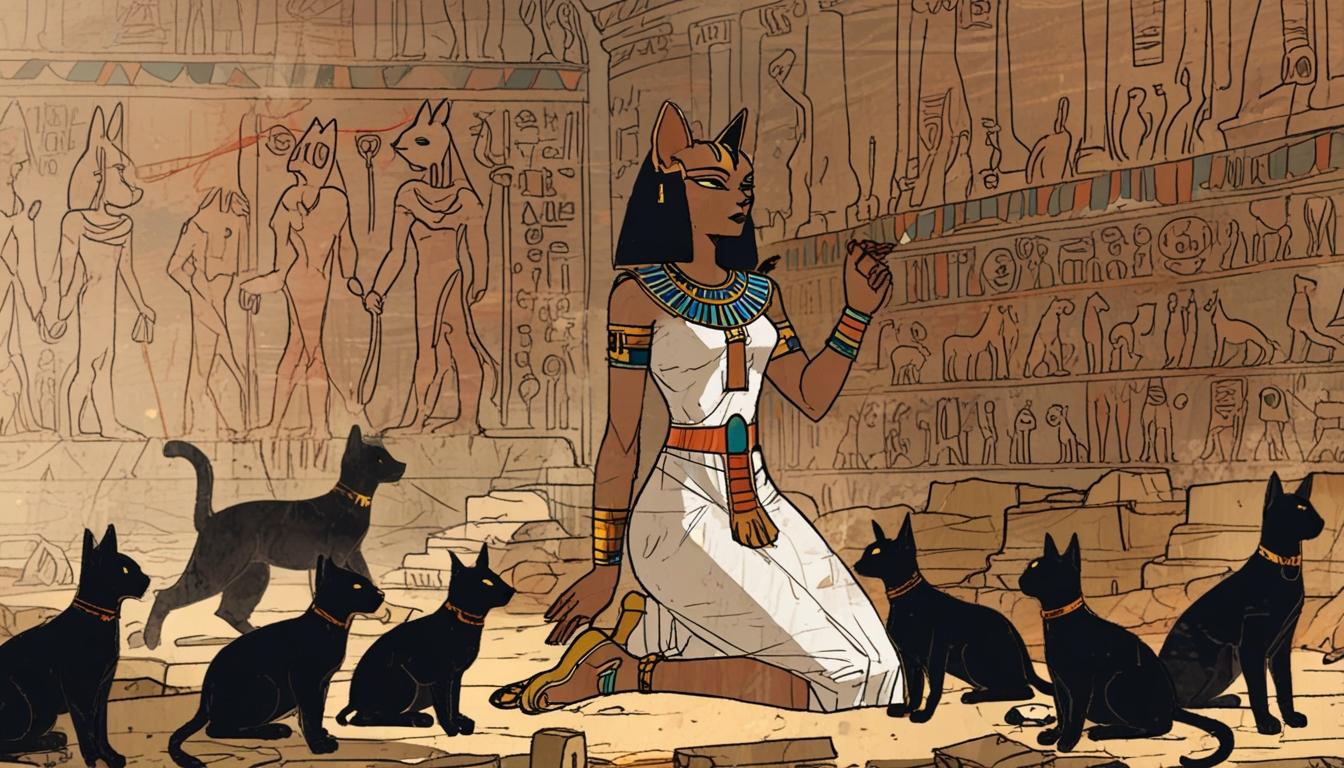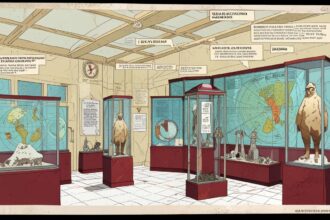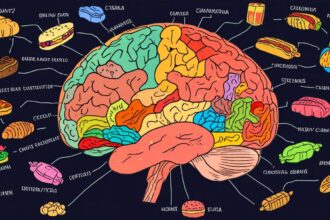Recent genetic research challenges the belief that cats were first domesticated on Cyprus, instead pointing to ancient Egyptian rituals and the worship of the goddess Bastet as key factors in the taming of wildcats around 3,000 years ago.
A pair of recent DNA studies have provided fresh insights into the domestication of cats, suggesting that the process may have stemmed from ritual sacrifices in ancient Egypt rather than earlier theories pointing to the Mediterranean island of Cyprus. The findings challenge the longstanding view that cats accompanied Neolithic farmers into Europe as domesticated companions.
Ancient Egypt has long been recognised as a centre for feline domestication and worship, with archaeological evidence including numerous mummified cats and the cult of the goddess Bastet, who was associated with protection, pleasure, and good health. Traditionally depicted with a lion’s head, Bastet’s image shifted around the first millennium BC to that of a cat, coinciding with an era of mass cat sacrifices. Researchers propose that millions of free-ranging and specifically bred cats were mummified as offerings to Bastet during this time.
Several years ago, a discovery on Cyprus of a 9,500-year-old burial containing the remains of a human and a feline led scientists to speculate that cat domestication may have begun on the island. The theory held that wildcats had followed early farming communities and gradually adapted to life alongside humans there. Yet, the recent genetic analyses, which are still awaiting peer review, reveal that the feline from the Cypriot grave was, in fact, a European wildcat rather than a domesticated animal.
This revelation redirects attention to Egypt as the more likely birthplace of cat domestication, potentially occurring as recently as 3,000 years ago. According to the researchers, the close proximity of cat-related temples and sanctuaries dedicated to Bastet to large agricultural areas would have created an environment rich in rodents along with their natural predators, wildcats. This setting may have catalysed a closer relationship between humans and cats, driven in part by the cats’ newly acquired divine status.
The process of animal domestication motivated by religious cults is seen in other historical contexts, with the fallow deer linked to the Greek goddess Artemis and chickens to the cult of Mithras. Similarly, the veneration of Bastet in Egypt may have encouraged the taming and eventual domestication of wildcats, which were later welcomed into homes as pets.
The researchers emphasise that their findings suggest a complex and geographically broader process of cat domestication that likely involved multiple regions and cultures across North Africa. They have called for more research to identify the original source populations of today’s domestic cats.
The Independent is reporting that this new perspective on feline domestication adds nuance to our understanding of the ancient bonds between humans and cats, highlighting the intertwining of cultural practices, religious beliefs, and the practical benefits of animal companionship in early civilisations.
Source: Noah Wire Services
- https://archaeologymag.com/2025/04/cat-domestication-originated-in-ancient-egypt/ – Corroborates the role of ancient Egypt in cat domestication, suggesting it may have begun through religious rituals honoring the goddess Bastet. This supports the idea that Egypt was a central location for feline domestication and worship.
- https://www.sciencedaily.com/releases/2017/06/170619125825.htm – Supports the assertion that DNA analysis reveals the origins of domestic cats are linked to both the Near East and ancient Egypt. This DNA work also highlights the spread of cats across Europe and other parts of the world through trade hubs like Egypt.
- https://projects.research-and-innovation.ec.europa.eu/en/horizon-magazine/tracing-journey-egyptian-cat-mummies-modern-house-pets – Describes research on DNA from archaeological cat remains, which helps in understanding the journey from Egyptian cat mummies to modern house pets, thereby supporting studies on cat domestication.
- https://www.thelamron.com/news/archaeological-update-research-uncovers-domestication-of-cats-in-egypt – Reports on new DNA studies that suggest domestic cat origins are more closely tied to Egypt, possibly as recently as 3,000 years ago. This aligns with the theory that cats were initially used in ritual sacrifices before becoming pets.
- https://everycat.org/cat-health/did-the-ancient-egyptians-domesticate-the-cat/ – Supports the genetic evidence that domestication likely occurred in regions adjacent to Egypt, with recent genetic studies backing the presence of *Felis silvestris catus* in ancient Egypt.
- https://www.noahwire.com – Provides the source information for the article that discusses new insights into cat domestication, although it does not directly support specific scientific findings. Instead, it serves as the news outlet publishing the details of recent research.
- https://www.independent.co.uk/news/science/archaeology/cats-mummified-pets-egypt-archaeologists-b2740373.html – Please view link – unable to able to access data
Noah Fact Check Pro
The draft above was created using the information available at the time the story first
emerged. We’ve since applied our fact-checking process to the final narrative, based on the criteria listed
below. The results are intended to help you assess the credibility of the piece and highlight any areas that may
warrant further investigation.
Freshness check
Score:
8
Notes:
The narrative references recent DNA studies, suggesting current research. However, it lacks specific publication dates or references, making it difficult to ascertain the exact timeframe of these studies.
Quotes check
Score:
0
Notes:
No direct quotes were identified in the text.
Source reliability
Score:
9
Notes:
The narrative originates from The Independent, a well-known reputable publication, which generally enhances credibility.
Plausability check
Score:
8
Notes:
The claims are plausible based on historical and archaeological contexts. However, some assertions await peer review, which could impact their validity.
Overall assessment
Verdict (FAIL, OPEN, PASS): PASS
Confidence (LOW, MEDIUM, HIGH): HIGH
Summary:
The narrative benefits from being published by a reputable source and offering plausible historical insights. However, the freshness score is slightly impacted by the absence of specific publication dates for the DNA studies. Overall, the findings contribute to our understanding of cat domestication.













